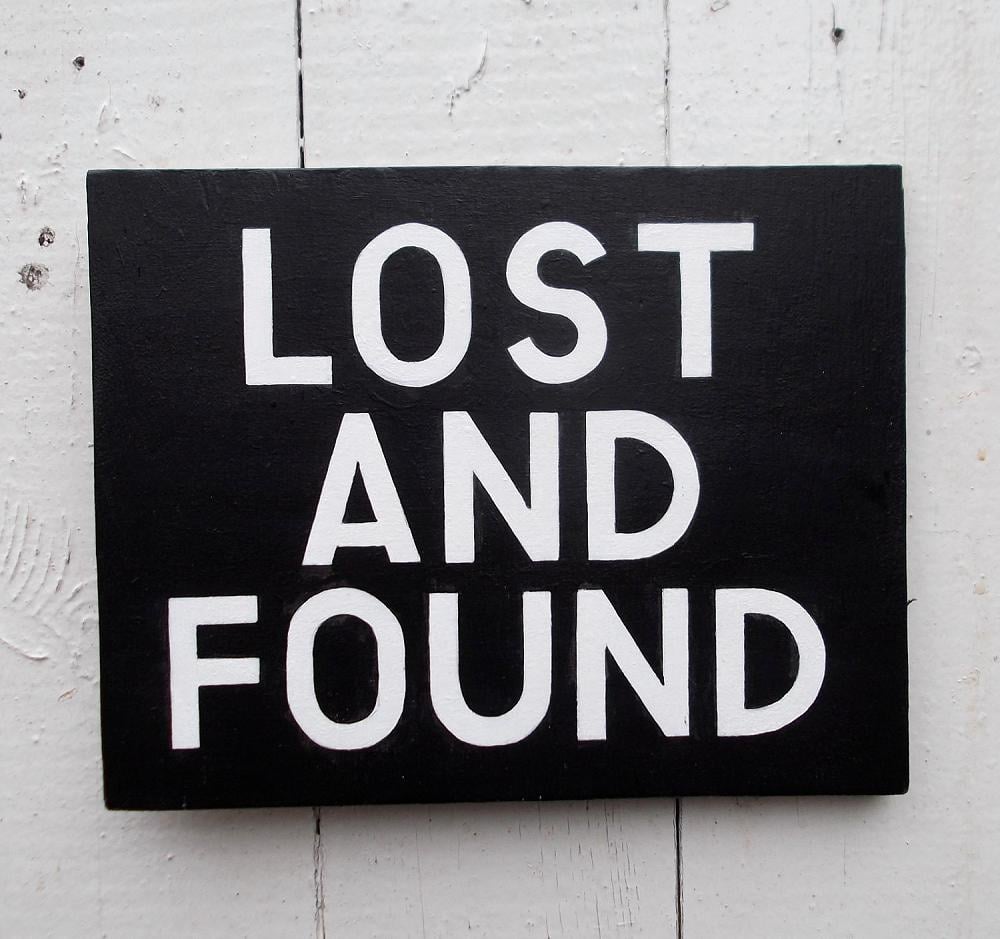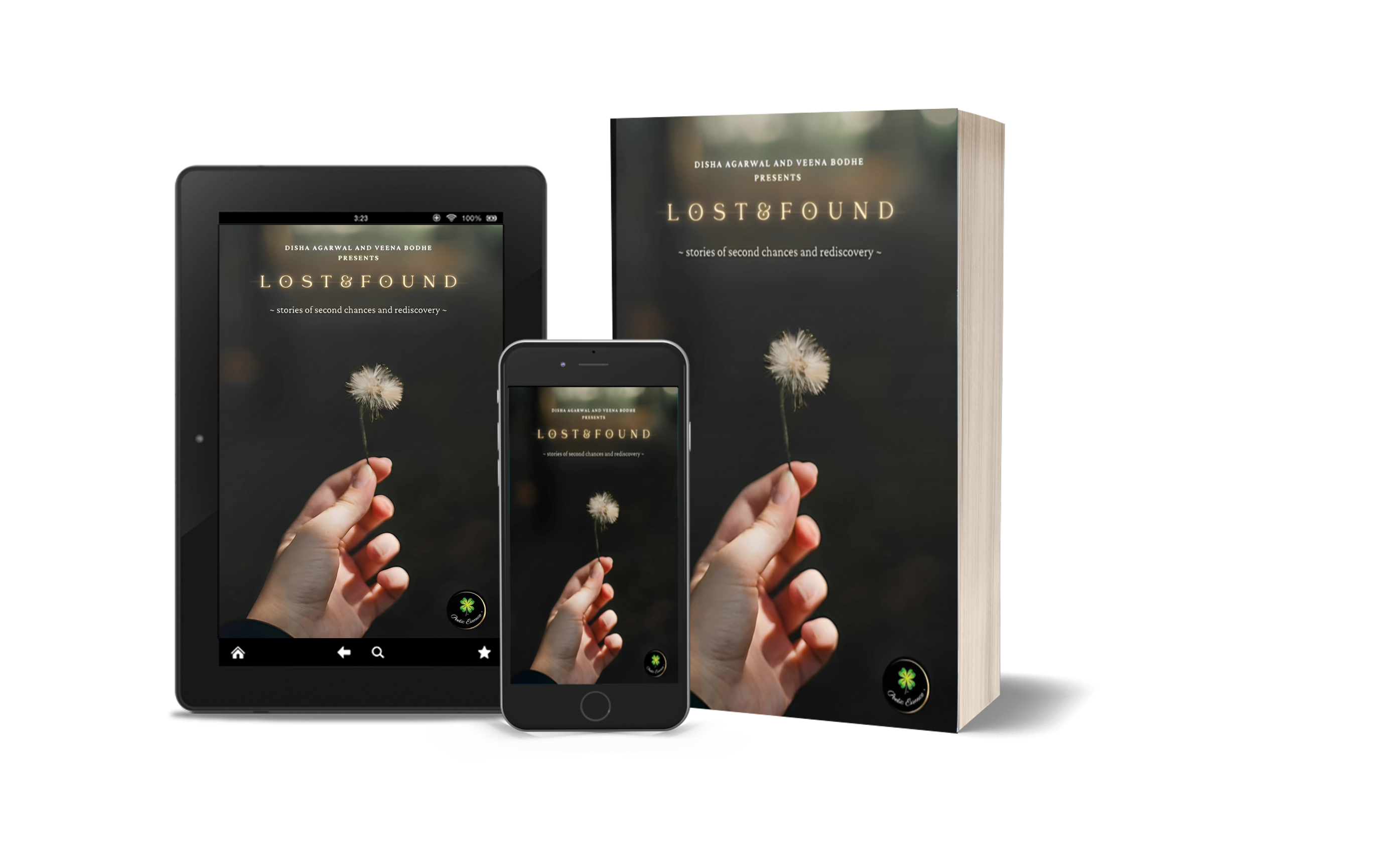Have you ever lost something important and felt that sinking feeling in your stomach? Don't worry, we've all been there! Whether it's your keys, phone, wallet, or even your favorite pair of sunglasses, losing stuff happens to the best of us. But here's the good news—there’s a whole system called "lost and found" designed to help reunite you with your lost treasures. So, let's dive in and learn how this works, shall we?
Lost and found is more than just a place where forgotten items end up. It’s a lifeline for anyone who has misplaced something valuable. Imagine walking into a coffee shop, realizing your phone isn’t in your pocket, and panicking like crazy. That’s when the lost and found comes to the rescue! This system exists everywhere—from public transportation to malls, schools, and even airports.
But hey, there’s more to it than just dropping off or picking up lost items. In this article, we’ll cover everything you need to know about lost and found, from how it works to some insider tips on preventing loss in the first place. Stick around because you’re about to become a pro at navigating the world of lost and found!
Read also:Mark Duplass The Indie Icon Who Turned Passion Into Stardom
Table of Contents:
- What Is Lost and Found?
- How Does Lost and Found Work?
- Common Places with Lost and Found
- Tips for Preventing Loss
- The Rise of Digital Lost and Found
- Steps to Finding Lost Items
- Legal Considerations in Lost and Found
- Interesting Stats About Lost and Found
- Frequently Asked Questions
- Conclusion
What Is Lost and Found?
Let’s start with the basics. Lost and found is a service designed to help people retrieve items they’ve misplaced. Think of it as a safe haven for forgotten things. When someone finds an item that doesn’t belong to them, they can drop it off at a designated lost and found location. From there, the original owner can claim their stuff by providing proof of ownership.
Now, here’s the cool part—lost and found isn’t just limited to physical places. With technology advancing rapidly, digital platforms are also getting in on the action. Apps and websites now allow users to report lost items and connect with those who’ve found them. It’s like a global network of helpful strangers!
Why Is Lost and Found Important?
Lost and found plays a crucial role in our daily lives. Without it, countless items would remain unclaimed, causing frustration and inconvenience for their rightful owners. Plus, it promotes a sense of community and responsibility. By participating in lost and found, we contribute to a culture of kindness and mutual support.
How Does Lost and Found Work?
The process of lost and found might seem simple, but there’s a method to the madness. Here’s how it typically works:
- Item Found: Someone discovers a lost item and takes it to the nearest lost and found location.
- Item Logged: The item is registered with details such as its description, location found, and date.
- Owner Claims: The rightful owner visits the lost and found, provides proof of ownership, and retrieves their item.
It’s a straightforward system, but it requires cooperation from both finders and owners. Communication is key, and sometimes, a little detective work might be necessary to track down the rightful owner.
Read also:Six Flags America The Ultimate Thrill Ride Destination You Dont Want To Miss
Challenges in the Process
Of course, nothing is perfect. Lost and found systems can face challenges like miscommunication, lack of proper labeling, or even theft. That’s why it’s important to stay informed and take preventive measures to protect your belongings.
Common Places with Lost and Found
Lost and found locations are everywhere! Here are some of the most common places where you can find these services:
- Airports
- Train stations
- Shopping malls
- Hotels
- Schools
- Parks and recreation areas
Each of these places has its own procedures for handling lost items, so it’s always a good idea to familiarize yourself with their policies. Some might require you to fill out forms, while others may ask for identification before returning an item.
Specialized Lost and Found Services
Some industries have developed specialized lost and found services to cater to their unique needs. For example, airlines often have dedicated departments for handling lost luggage, while concert venues might have specific protocols for misplaced items during events. These specialized services ensure that items are handled with care and returned efficiently.
Tips for Preventing Loss
While lost and found is a great safety net, it’s always better to prevent loss in the first place. Here are some practical tips to keep your belongings safe:
- Use ID tags or labels on your items.
- Keep track of your belongings using GPS trackers.
- Stay organized and designate specific places for important items.
- Double-check your surroundings before leaving a location.
By adopting these habits, you can significantly reduce the chances of losing something valuable. And hey, if you do lose something, don’t sweat it—there’s always the lost and found to fall back on!
Technology to the Rescue
Modern technology has made preventing loss easier than ever. Apps like Tile, Samsung SmartThings, and Apple’s Find My network allow you to track your items in real time. These tools are game-changers for anyone who’s ever misplaced their keys or wallet.
The Rise of Digital Lost and Found
As we move further into the digital age, lost and found is evolving too. Online platforms and apps are revolutionizing the way we handle lost items. These digital solutions offer features like:
- Global reach, allowing users to report lost items from anywhere in the world.
- Real-time updates on the status of lost items.
- Community-driven networks where users can help each other locate lost belongings.
These innovations are making it easier than ever to reunite with lost items, no matter where you are.
Benefits of Digital Lost and Found
Digital lost and found platforms offer several advantages over traditional systems:
- Increased efficiency in tracking and retrieving lost items.
- Reduced reliance on physical locations, making it more convenient for users.
- Enhanced security measures to protect sensitive information.
With so many benefits, it’s no wonder that digital lost and found is gaining popularity worldwide.
Steps to Finding Lost Items
If you’ve lost something, don’t panic! Here’s a step-by-step guide to help you retrieve your item:
- Revisit the last place you remember having the item.
- Check with the lost and found department of that location.
- Post about your lost item on social media or community forums.
- Contact local authorities if the item is valuable or contains personal information.
Remember, patience is key. Sometimes, it takes a little time for lost items to make their way back to you.
When All Else Fails
If you’ve exhausted all options and still can’t find your item, it might be time to let go. While it’s never easy to lose something valuable, sometimes it’s a sign to upgrade or replace the item. Who knows? You might end up with something even better!
Legal Considerations in Lost and Found
Lost and found isn’t just about goodwill—it’s also governed by laws and regulations. In many jurisdictions, there are specific rules about what happens to unclaimed items after a certain period. For example, some places require lost items to be held for 30 days before being donated or sold.
It’s important to understand these legal aspects to ensure that your rights as an owner are protected. If you’ve lost something valuable, make sure to document your efforts to retrieve it and keep any correspondence with the lost and found department.
What Happens to Unclaimed Items?
Unclaimed items often end up being donated to charity, sold at auctions, or disposed of. The exact process depends on local laws and the policies of the lost and found location. Some places even allow the finder to keep the item after a certain period, provided they’ve made a reasonable effort to locate the owner.
Interesting Stats About Lost and Found
Did you know that millions of items are reported lost every year? Here are some fascinating stats to give you a better understanding of the lost and found phenomenon:
- Over 50% of people admit to losing their keys at least once a month.
- Airports handle thousands of lost items daily, with electronics being the most common.
- More than 70% of lost items are reunited with their owners thanks to lost and found services.
These numbers highlight just how prevalent the issue of lost items is and the importance of having effective lost and found systems in place.
Frequently Asked Questions
Here are some common questions people have about lost and found:
Q: Can I claim someone else’s lost item?
A: Only if you can prove that the item belongs to you or someone you know. Otherwise, it’s considered theft.
Q: How long do lost items stay in lost and found?
A: It varies depending on the location, but most items are held for 30-90 days before being disposed of or donated.
Q: What should I do if I find a lost item?
A: Take it to the nearest lost and found location and provide details about where you found it.
Conclusion
Lost and found is an essential service that helps us navigate the chaos of modern life. Whether you’ve misplaced something small like your keys or something big like your luggage, there’s always hope of getting it back. By understanding how lost and found works and taking preventive measures, you can minimize the chances of losing something valuable.
So, the next time you lose something, don’t despair. Head to the nearest lost and found, and chances are, you’ll be reunited with your item in no time. And remember, if all else fails, there’s always the digital world to turn to!
Now it’s your turn. Have you ever had a memorable experience with lost and found? Share your story in the comments below, and don’t forget to spread the word about this article. Together, let’s make the world a little less chaotic and a lot more organized!


